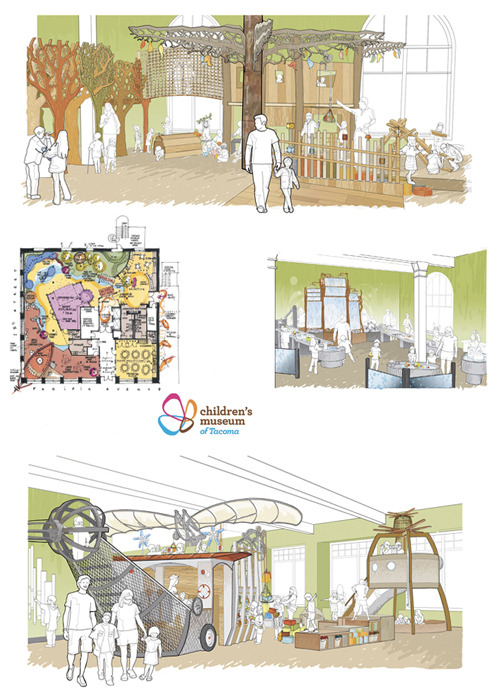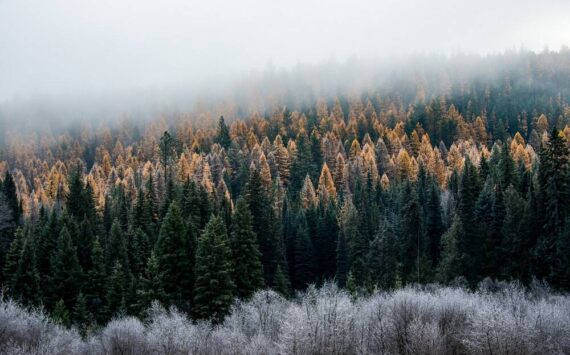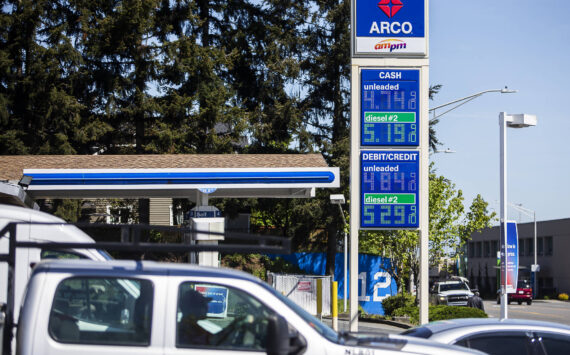Construction at the new Children’s Museum of Tacoma, 1501 Pacific Avenue, began today at 10 a.m. with a free community celebration at the new museum site. The 8,000 square foot interactive play space will undergo a $5 million renovation, including installation of all new exhibits, over the course of the next nine months. The new, specially designed museum experience will engage young children, and their adult caregivers, in self-directed play through innovative exhibits that celebrate imagination and encourage creativity. The museum supports children’s growth through play by addressing age-appropriate development, especially in the areas of creativity, social and emotional skills, cognitive and critical thinking skills, gross and fine motor development, and early literacy learning. These core early childhood experiences form the platform for play in the Museum’s five main exhibit areas: Woods, Water, Voyager, Construction, and Studio.
Woods — Visitors enter the Museum’s play space over a bridge or across a path of stump trees into the Woods. A series of over and under climbing and pretend play areas allow children space to discover the Woods as they make forts, send supplies up and down on pulleys, explore light and shadow, or find cozy nooks for reading and quiet discovery. A crawler and toddler area encourages early exploration and age appropriate gross motor play.
Water — The Water area provides a variety of open-ended opportunities to experience falling, running, and still water. Levers and cranks allow children to change the volume and pattern of the falling water. Flowing offshoots provide both toddler and older child size areas to play with running water. Rotating panels and loose objects encourage creative problem solving as children navigate objects down stream or change the flow of the water. Still water pools create areas of focused investigation into wind on water, sinking and floating objects, or frozen states of liquids.
Voyager — Children can climb into multiple activity areas of the vessel, load cargo, pilot the structure, and create endless pretend play scenarios with a variety of loose props. An assortment of vehicle wheels, gauges, air tubes, and communication devices incorporate scientific and inventive thinking. A tower just past Voyager expands the play as children climb up to communicate with the vessel, signal its take off and landing, or slide down below to sort, shift, and dig in a sensory pit. Smaller vessels in this area define a tot-sized landscape for small discoveries and independent expeditions.
Studio — Studio experiences will focus on the creative process rather than the outcome or product. Processes and materials will rotate regularly to highlight both artistic and scientific activities with materials such as paint, clay, recycled objects, Oobleck, or bubbles. Visitors will also have the opportunity to collaborate with visiting artists or museum staff on projects that extend the creative possibilities in exhibit areas or express ideas that emerge from their play in the exhibits.
Construction — Using blocks, boards, fabric, tubes, and more, children will influence the space around them to support a range of activities from for large and small scale construction to dramatic to gross motor play. Constructive play also provides opportunities to build math and other important cognitive skills.
A year ago, the museum signed a contract to lease 8,700 square feet on the first floor of the United Way building at 1501 Pacific Avenue and launched a $7 million capital campaign to open the doors to an all-new museum; eliminate financial barriers to attendance by offering “Pay As You Will” admission; and sustain the museum’s free early learning program, Play to Learn, in the community The new museum will open to the public Jan. 14, 2012.
We Play Capital Campaign supporters include KeyBank Foundation, Ben B. Cheney Foundation, Sequoia Foundation, Norcliffe Foundation, and other generous foundations and individual donors. Additional support comes from SiteCrafting, BCRA, and parenting media sponsor “ParentMap.”
For more information, visit http://www.PlayTacoma.org .





